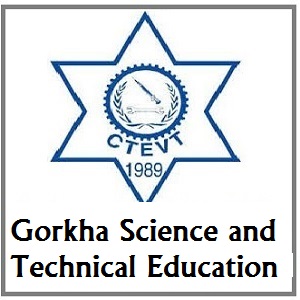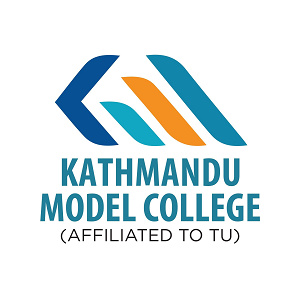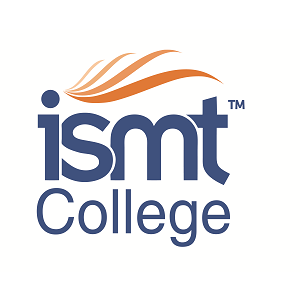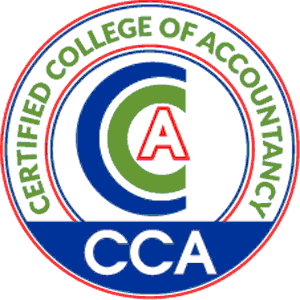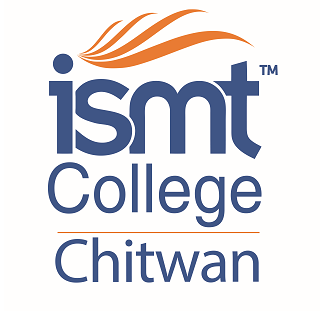Overview
The Vocational Education & Technology Academy (VETA) was established in 2019 in Palungtar-10, Mirkot, Gorkha, Nepal. As an autonomous, non-profit academic institution, VETA provides practical education aligned with workforce needs.
The institution addresses the demand for skilled human resources in agriculture and livestock locally and internationally. All academic programs follow the curriculum the Council for Technical Education and Vocational Training (CTEVT) developed.
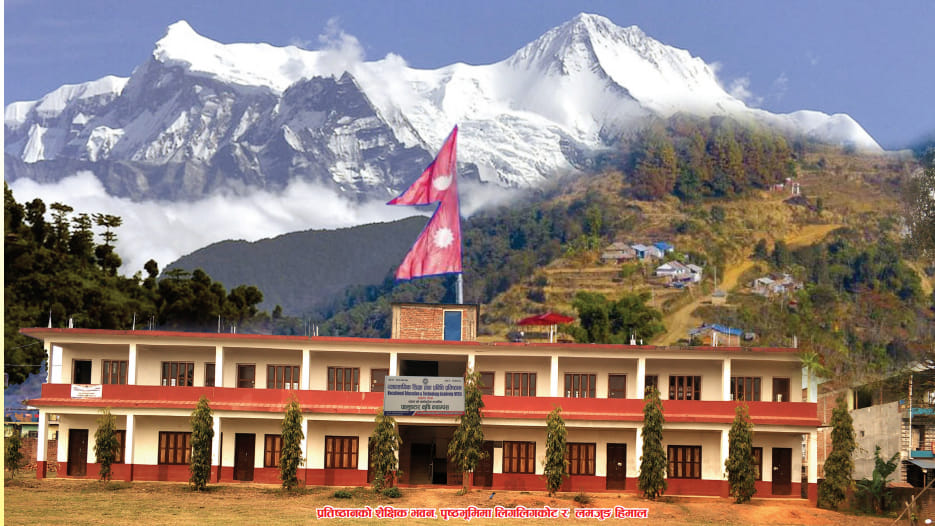
Programs Offered
VETA offers diploma and pre-diploma agriculture programs, with plant and animal science specializations. These programs combine classroom learning with field-based activities to prepare students for employment or further education.
Diploma in Agriculture (Animal Science)
-
Duration: 3 years
-
Eligibility: SEE passed, CTEVT entrance required
-
Seats: 40
-
Scholarship Quota: 4 seats
The course focuses on animal health, livestock production, and basic veterinary knowledge. Graduates can work in veterinary support roles, on livestock farms, or establish animal-related services.
Diploma in Agriculture (Plant Science)
-
Duration: 3 years
-
Eligibility: SEE passed, CTEVT entrance required
-
Seats: 40
-
Scholarship Quota: 4 seats
This program covers crop management, soil conservation, and pest control practices. It supports students planning to work in farming cooperatives, agro-enterprises, or public agricultural services.
Pre-Diploma in Agriculture (Plant Science)
-
Duration: 18 months
-
Eligibility: SEE passed, CTEVT entrance required
-
Seats: 40
-
Scholarship Quota: 4 seats
This course introduces students to fundamental agricultural principles, providing a stepping stone toward diploma-level studies or entry-level agricultural roles.
Pre-Diploma in Livestock Production / Animal Health
-
Duration: 18 months
-
Eligibility: SEE passed, CTEVT entrance required
-
Seats: 40
-
Scholarship Quota: 4 seats
This program helps students gain practical skills in livestock care, disease prevention, and animal husbandry. Graduates often contribute to veterinary fieldwork and livestock health outreach.
Facilities and Learning Environment
VETA provides access to structured academic resources and a practical learning setting that supports skill development.
Key Facilities
-
Multimedia-supported classrooms
-
Agricultural and science laboratories
-
Reference library with journals and textbooks
-
Cafeteria with basic meal services
-
Conference and training halls
Student Support and Engagement
-
Academic counseling services
-
Field tours and observational learning
-
Sports and extra-curricular programs
-
Participation in exhibitions and community-based learning activities
These resources are designed to help students develop both technical and personal competencies.
Admission Process and Scholarships
Admission to all programs requires completing the Secondary Education Examination (SEE) and successfully passing the CTEVT entrance examination. VETA follows CTEVT’s admission and scholarship allocation criteria.
Each program includes 4 scholarship seats, allocated through merit and reservation policies. These scholarships make education accessible for students from economically or socially disadvantaged backgrounds.
Institutional Focus
VETA emphasizes practice-oriented learning, rural development, and agricultural productivity. Its mission is to prepare students for direct engagement with agricultural challenges through:
-
Field-based assignments
-
Local community involvement
-
Practical exposure to agriculture and animal care
The institution also encourages graduates to consider self-employment and agro-enterprise development as sustainable career options.
Conclusion
Based in Gorkha, the Vocational Education & Technology Academy (VETA) supports skill-based education through its agriculture-focused diploma and pre-diploma programs. With well-structured academic content, student support services, and a practical learning model, VETA helps learners prepare for technical careers in agriculture and livestock. Its contribution aligns with Nepal’s educational and development priorities by producing skilled human resources who can serve locally and nationally.


